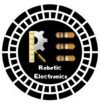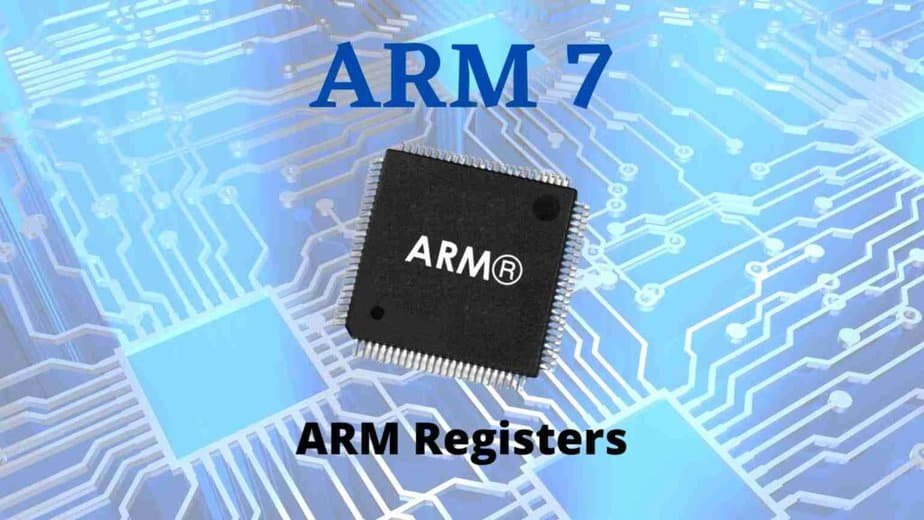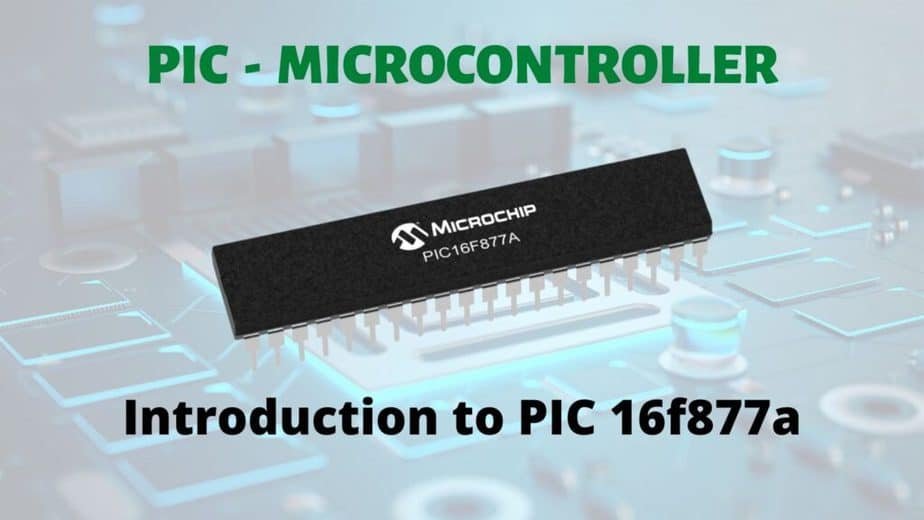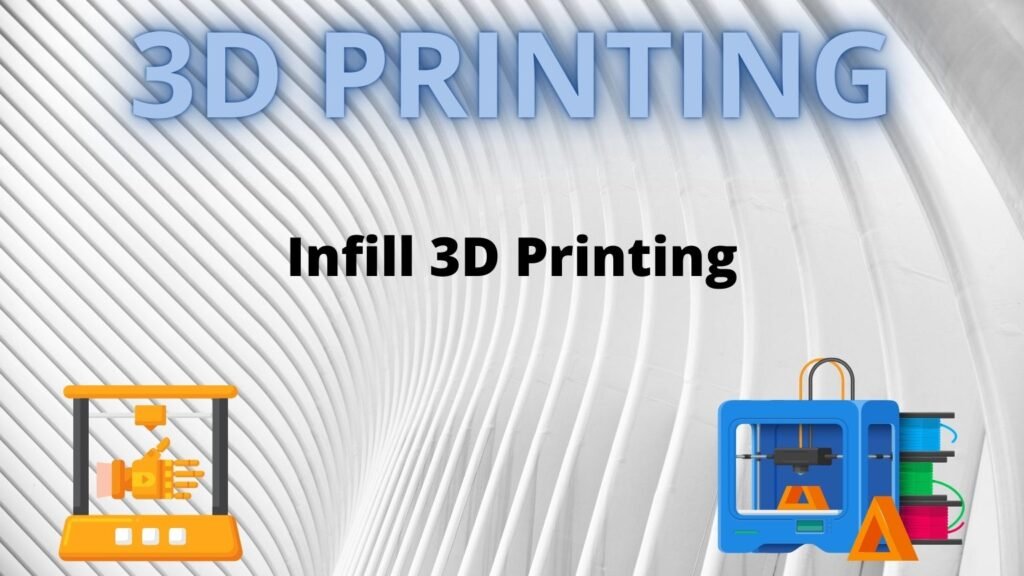ARM Operating Modes
ARM Operating Modes The ARM processor has seven different modes of operation. Each of the ARM operating modes has a specific purpose, and only one mode is active at any one moment. Table 1 shows the 7 important ARM operating modes, which define the registers that may be used (also known as the register map) …





